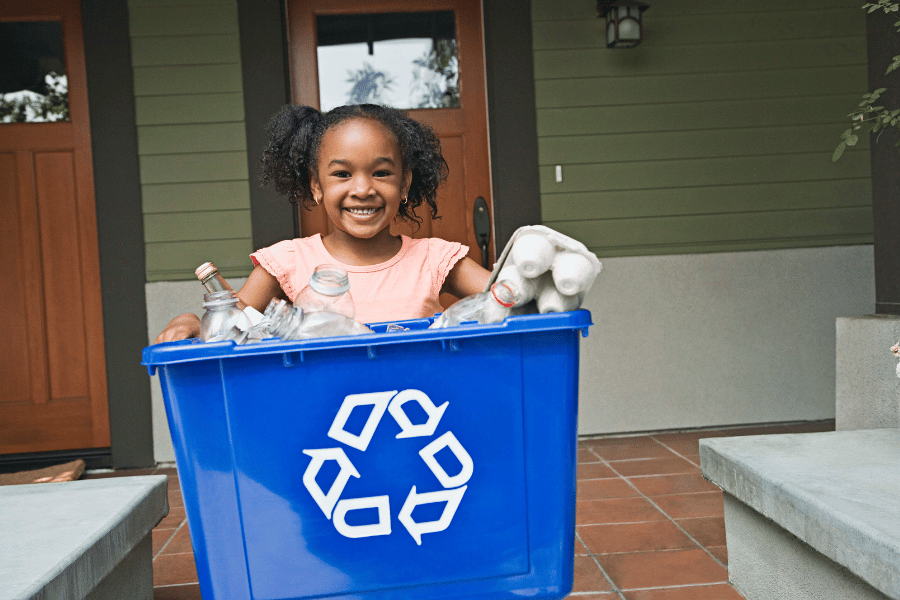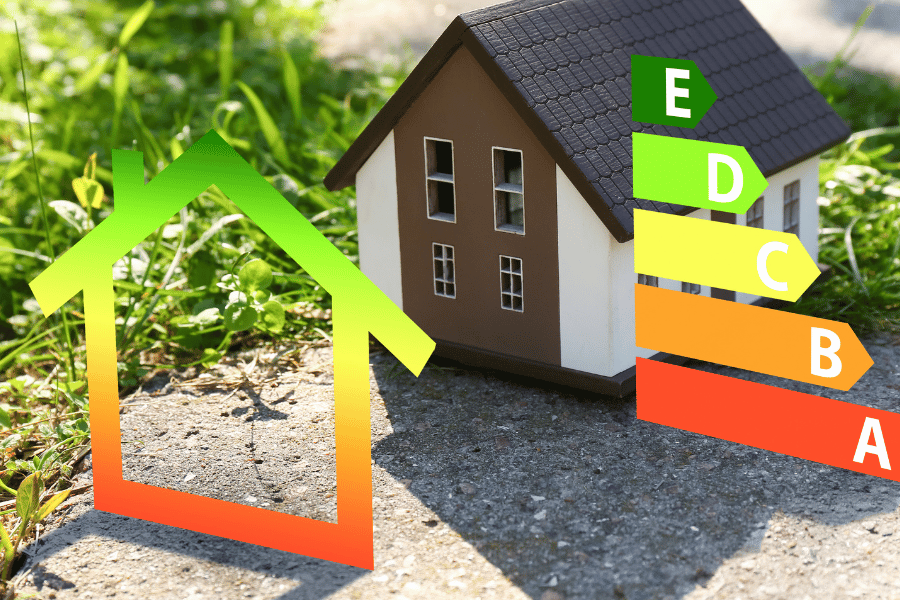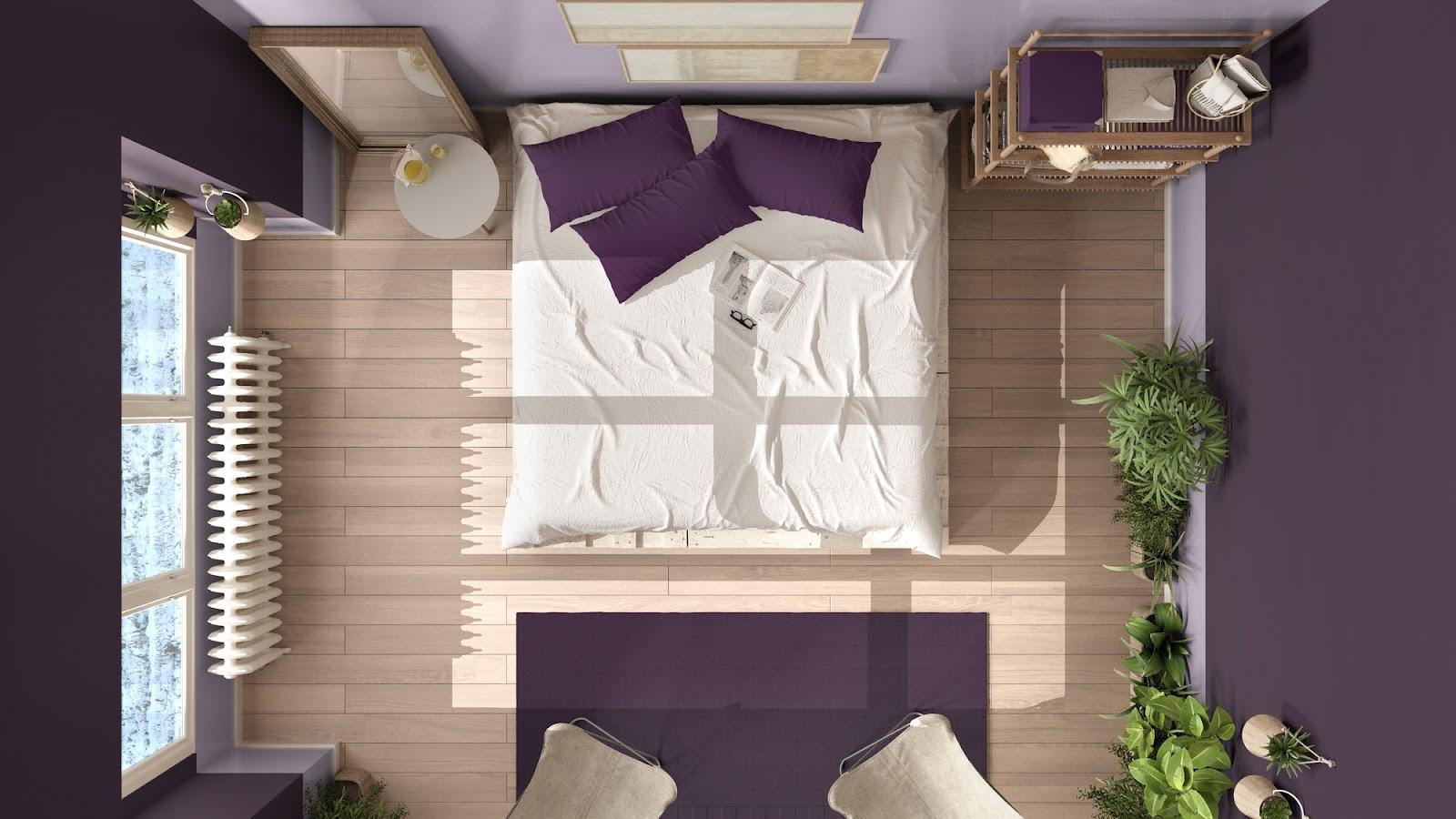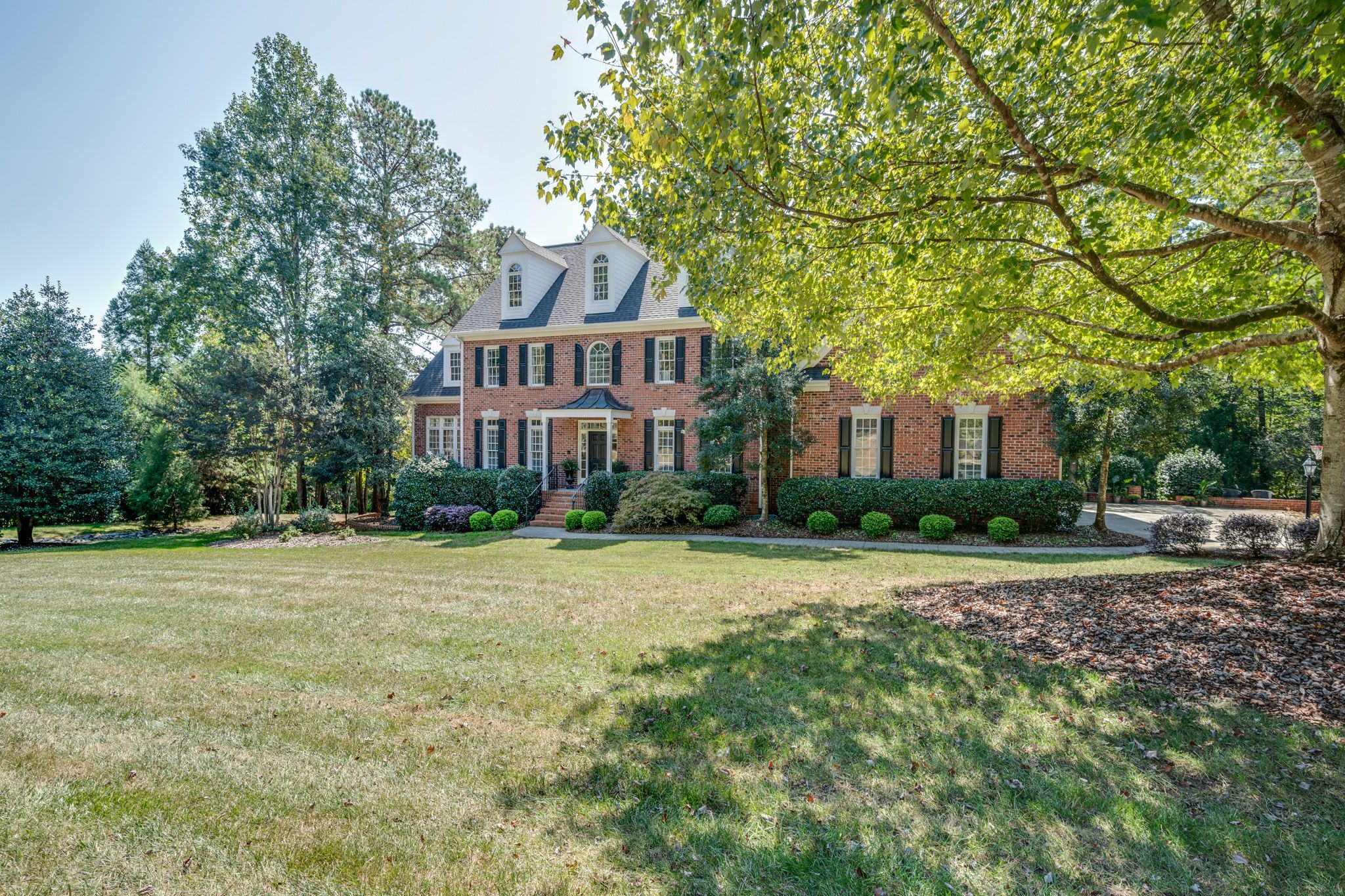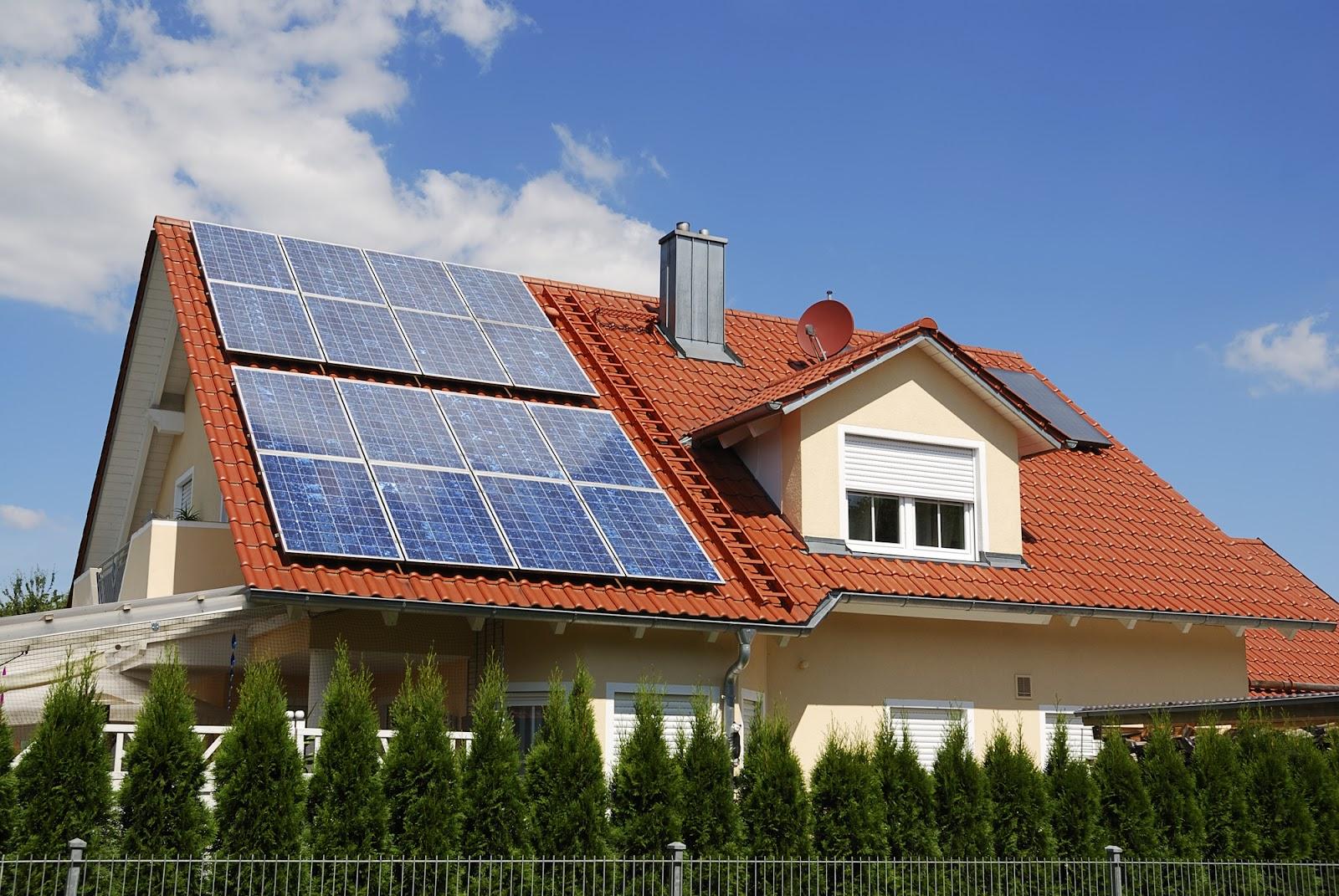7 Green Building Trends in Raleigh Real Estate
August 15th, 2024
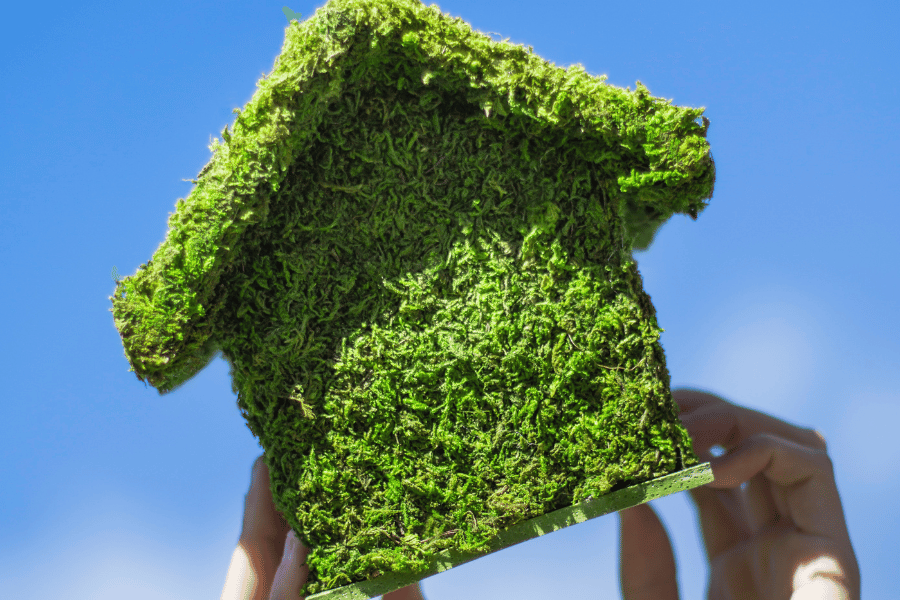
Green Building Trends in Raleigh Real Estate
Are you interested in the latest green building trends in Raleigh real estate? Here is everything you need to know about Raleigh's green building trends and real estate.
Green and eco-friendly buildings are far more common in Raleigh than many people realize. Green buildings are just as strong and durable, if not stronger, than traditional construction.
According to the Urban Land Institute's "2024 Emerging Trends in Real Estate" report, high interest rates over extended periods of time can significantly slow economic growth and reduce business investments. Investors are currently facing these challenges, which are impacting their investment decisions due to historically high rates.
However, sustainability will gain increasing traction in 2024. Climate regulations will drive demand for low-carbon assets, making tenants more willing to pay for these green buildings.
Green buildings are gaining popularity among realtors, builders, and homeowners. As green housing becomes more relevant in the real estate market, it is crucial to understand the concept of green buildings and their current trends in Raleigh real estate.
As our world embraces sustainability, energy-efficient homes are emerging as a popular trend. According to Climate Action, energy efficiency can save you money, making eco-friendly homes a smart choice for homeowners looking to save money.
Here are the green building trends in Raleigh real estate.
Chapters
1. Green Material
Green and living materials are essential for sustainable and biophilic building design and construction. This crucial aspect of green building is pivotal for achieving outcomes such as health and well-being, reduced carbon footprint, aesthetics, and innovation.
The growth of green building is imminent, and various market sectors will be key in driving this expansion. Industrial and warehouse buildings, healthcare facilities, schools, universities, hospitality, residential, and government buildings are prime targets for green building practices.
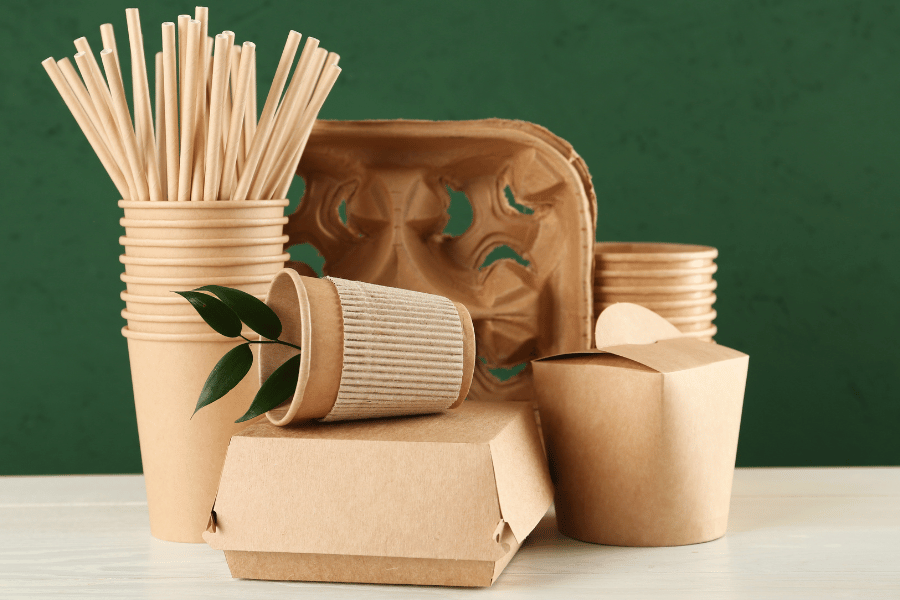
Each sector presents distinct opportunities and challenges for implementing sustainable building practices. Embracing green building practices is integral to reducing operating costs, enhancing occupant health and well-being, and fostering sustainability, making them appealing choices for building owners and tenants.
Looking ahead to a new sustainable future, we must prioritize green materials for green building to reduce carbon footprint, safeguard the environment, and create a healthier, more resilient, and thriving community for generations to come.
2. Sustainable Living
Sustainability asserts that humans can co-exist with nature, creating a healthier and more livable future. This concept is vitally important today because of its many positive impacts on the environment, economy, and society as a whole.
Investing in energy-efficient appliances, specifically Energy Star Appliances, will significantly reduce household energy bills. These appliances use 10 to 50% less energy to operate than traditional models, leading to substantial energy cost savings.
Installing solar panels on your home is a long-term investment and an excellent way to consider your home's sustainable future. If you are searching for ways to make your home energy efficient, check out this article.
From recycling to investing in energy-efficient appliances, there are many easy ways to prioritize sustainability at home. It doesn't have to be hard, and many families are now adopting these habits in order to make a difference and protect our environment.
There are many ways to make your building green and sustainable. If you want to live a sustainable lifestyle, you should understand some simple ways to get started.
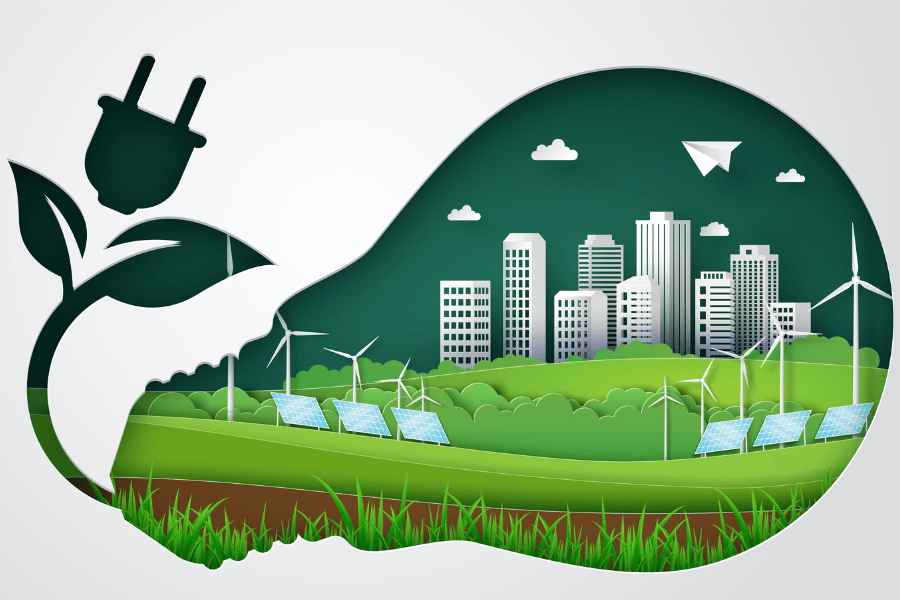
3. Passive Design
Buildings unequivocally consume energy throughout their lifecycle, beginning at construction and persisting through operations and demolition. Concrete evidence emphatically demonstrates that buildings designed with careful consideration of the climate and local context unequivocally consume less energy than their conventional counterparts.
Adopting a climate-responsive or passive design is an indispensable strategy for dramatically reducing energy demand, enhancing sustainability, and advancing associated priorities for efficiency and decarbonization.
Passive design is encouraged in LEED across various credits, as well as supported through many courses in USGBC's curriculum. Some passive design strategies are:
- 71%: High-efficiency heating, cooling, and ventilation systems: highly efficient systems like geothermal or air source heat pumps, heat recovery ventilators, and other innovation technologies
- 66%: Achieving green building certification
- 60%: Improved occupant satisfaction
- 44%: Improved indoor air quality
- 45%: Water use reduction
4. Health and Wellbeing
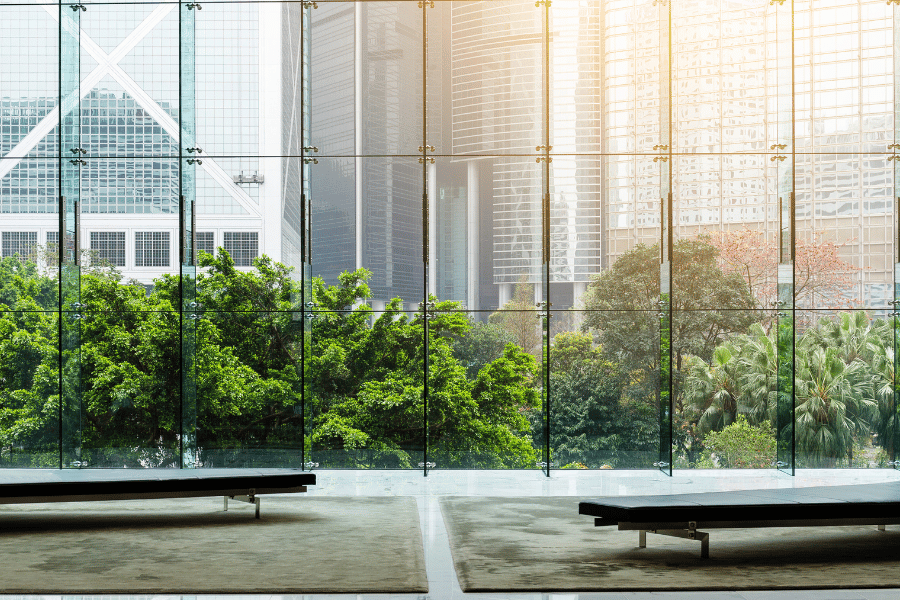
Since COVID-19, the pandemic has brought greater awareness that indoor air quality, natural light, and other factors significantly impact human health and well-being in indoor spaces. As a result, green building practices significantly impact promoting favorable health and wellness results.
According to the USGBC, some strategies that you can use to promote human health in green building projects are:
- 82%: Implementing healthy material selections (non-toxic paints, flooring, furniture)
- 76%: Priotizing indoor air quality
- 76%: Providing access to natural light and outdoor spaces
- 58%: Providing amenities that promote physical activity
5. Green Certified Homes
Green-certified homes go beyond mere energy efficiency. To attain certification, various aspects of the house undergo rigorous review, including water usage, energy efficiency, site design, intelligent resource utilization, indoor environmental quality, and overall home operation and maintenance.
Houses must meet specific criteria for environmental friendliness in all these areas. Since 2007, the U.S. Green Building Council has offered LEED certification to establish green residential construction and design standards. Devoted real estate buyers typically seek LEED-certified homes.
Nevertheless, a home doesn't have to be green-certified to possess sustainable features that appeal to this niche market. Agents emphasize green housing features to market these homes to potential buyers who prioritize sustainable living conditions.
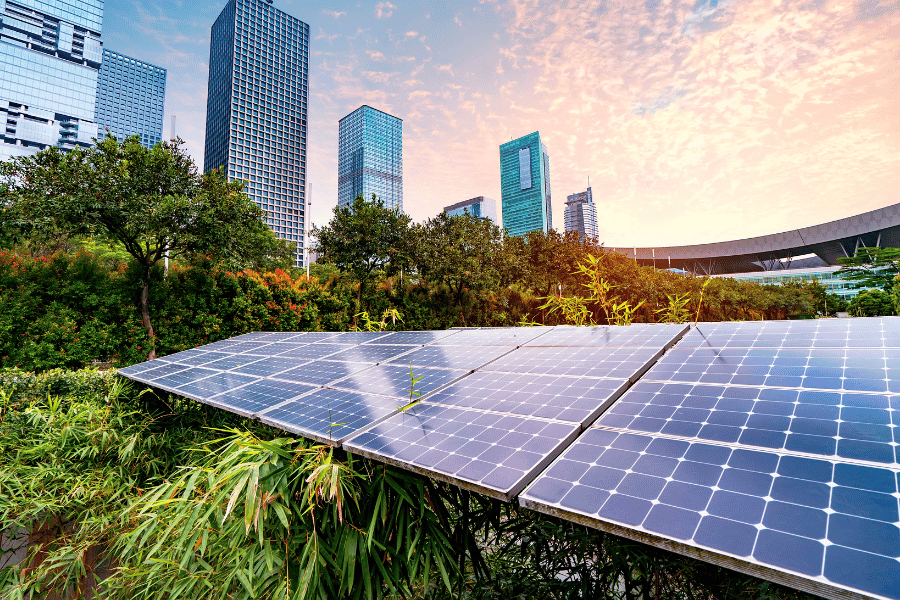
6. Energy Efficiency Saves Money
Energy-efficient homes help the world and save buyers money for years, especially in the long term. ENERGY STAR-certified appliances meet government criteria to reduce monthly utility costs and add value to the house.
Agents insist that buyers save up money to recognize the advantage of choosing a green home. Energy audits reveal how much energy buyers are wasting in their current homes compared to how much they can save by choosing sustainable housing. By informing buyers that their investment can help them save money in the future, agents emphasize that green housing is the most attractive option.
Energy-efficient homes typically sell for around 2.7% more than comparable homes without sustainability upgrades. These upgrades are among the most valuable improvements you can make to your home, particularly with technological advancements.
Sustainability and energy-efficient homes offer numerous benefits beyond financial incentives. Here are some of the advantages of these eco-friendly homes.
- Reduced Energy Bills: Energy-efficient upgrades can significantly reduce energy consumption, which leads to lower utility bills over time.
- Environmental Impact: By reducing energy consumption, energy-efficient upgrades help lower greenhouse gas emissions and combat climate change, which contributes to a sustainable future
- Increased Home Value: Energy-efficient homes are in high demand in the market today, so making these upgrades can increase the resale value of your home and make it more attractive to potential buyers
- Comfort and Health: Energy-efficient upgrades often result in better insulation and improved indoor air quality, which will create a more comfortable and healthier living environment.
7. Benefits of Green Building
Green building practices are more important than ever. They save money, improve efficiency, lower carbon emissions, and create healthier places for people. They are critical to addressing climate change, meeting ESG goals, enhancing resilience, and supporting more equitable communities.
Below are some benefits of green building, according to USGBC.
Profitable, Cost-effective, and Good for the Economy
Client demands and healthier buildings are triggers for green buildings. The USGBC points out that the economic benefits should not be overlooked. Reported benefits include operating cost savings, shorter payback periods, and increased asset value in new green buildings and retreats.
Green buildings overall reduce day-to-day costs year over year, are applicable to every market and community, have larger end values, and have created millions of jobs and contributed billions of dollars to the United States economy.
Health and Wellbeing
Living in a sustainable building can save your life. Studies have shown that people who reside in green structures experience many health benefits due to the eco-friendly materials utilized during construction.
According to USGBC research, almost a third of respondents have had direct, personal experience with bad health associated with poor environments or living situations. When it comes to green building benefits, people say they positively affect their health.
Durability for Homeowners
Going green is the new standard. Sustainable materials have been consistently proven to save energy and water, improve air quality, and provide overall durability. They endure years of exposure to the elements and require significantly less maintenance.
Environmental Solution
Green buildings unequivocally contribute to a reduction in carbon, water, energy, and waste. In a review of 22 LEED-certified buildings, the Department of Energy found that CO2 levels were 34% lower, they consumed 25% less energy, and 11% less water.
Standard building practices result in the wastage of millions of tons of materials annually, while green buildings minimize waste and make more efficient use of resources. LEED projects have successfully diverted over 80 million tons of waste from landfills, with an expected growth to 540 million tons by 2030.
If you're looking for current green buildings in Raleigh, you should definitely check out Stonehenge Park. It's a 38-lot subdivision featuring homes certified as ENERGY STAR and bronze-level through the National Green Building Program. Don't miss the opportunity to explore the various new green buildings in the area.
Methodology
We used information and data from different sources, as well as our own, about green building trends in Raleigh. Since there was a lot of data to use, we combined them to create a guide to help you.
Above are a few sources from which we gathered most of our information about green building trends in Raleigh real estate.
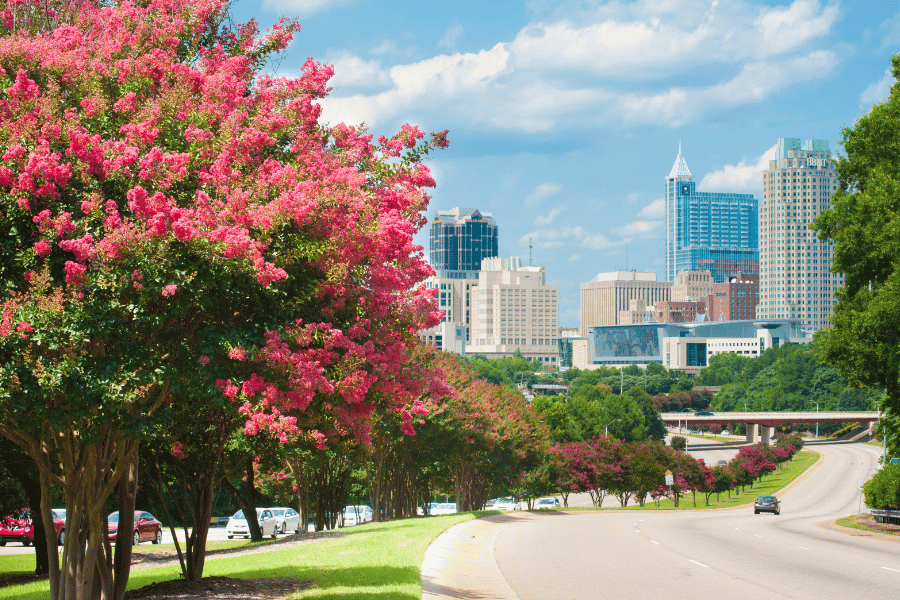
FAQS
What is the trend for green building?
The move towards eco-friendly commercial and residential buildings reflects the real estate sector's dedication to sustainable development. This shift is not only about reducing carbon footprint or adhering to regulations; it's about establishing a healthier, more sustainable environment.
What is the future of green building?
Some of the critical green building trends for the coming years include an increased focus on sustainability and resilience, the use of renewable energy sources, energy-efficient design, water conservation, the use of green roofs, sustainable materials, and much more.
What is the demand for green buildings?
The global green building market size is expected to increase to 1,267.71 billion by 20233 from 516.66 billion in 2023. This shows that green buildings will become highly popular in the coming years.
Green Building Trends in Raleigh Real Estate - The Bottom Line
Nationwide, green homes are gaining traction, selling faster and for more money. On average, homes with an energy rating sold for 2.7% more than comparable unrated homes, according to Freddie Mac.
Boosted tax incentives, surging buyer demand, and soaring energy prices are driving builders to embrace the latest innovations, such as solar panels, electric vehicle charging ports, composting stations, and more efficient hot water and heating/cooling systems.
These homes are constructed with sustainable materials like recycled plastic and wood, sporting teak-wood accents, water-conserving fixtures, and LED lighting. There are countless ways to make a house green, and the benefits are substantial.
Sustainability is now a top priority in real estate, and mastering energy efficiency and green building is essential for success in this industry. Stay informed and proactive to keep up with the latest trends.
If you are considering moving or selling, contact us or visit our website. Our team at Raleigh Realty is here to help you with any home buying or selling needs.

Ryan Fitzgerald
Hi there! Nice to 'meet' you and thanks for visiting our Raleigh Real Estate Blog! My name is Ryan Fitzgerald, and I'm a REALTOR® in Raleigh-Durham, NC, the owner of Raleigh Realty. I work alongside some of the best Realtors in Raleigh. You can find more of my real estate content on Forbes, Wall Street Journal, U.S. News and more. Realtor Magazine named me a top 30 under 30 Realtor in the country (it was a long time ago haha). Any way, that's enough about me. I'd love to learn more about you if you'd like to connect with me on Facebook and Instagram or connect with our team at Raleigh Realty. Looking forward to connecting!
Related Blogs
